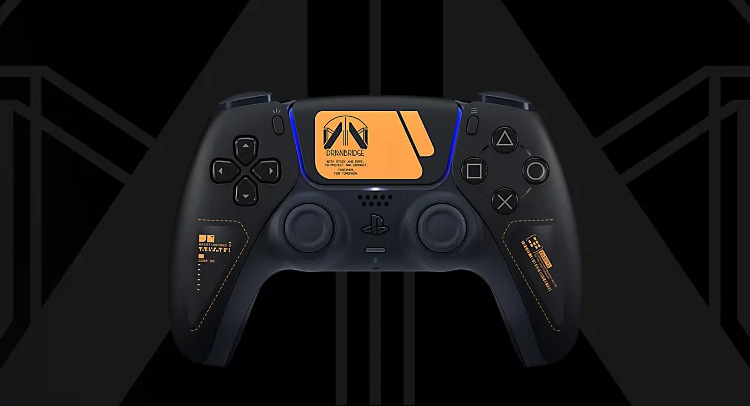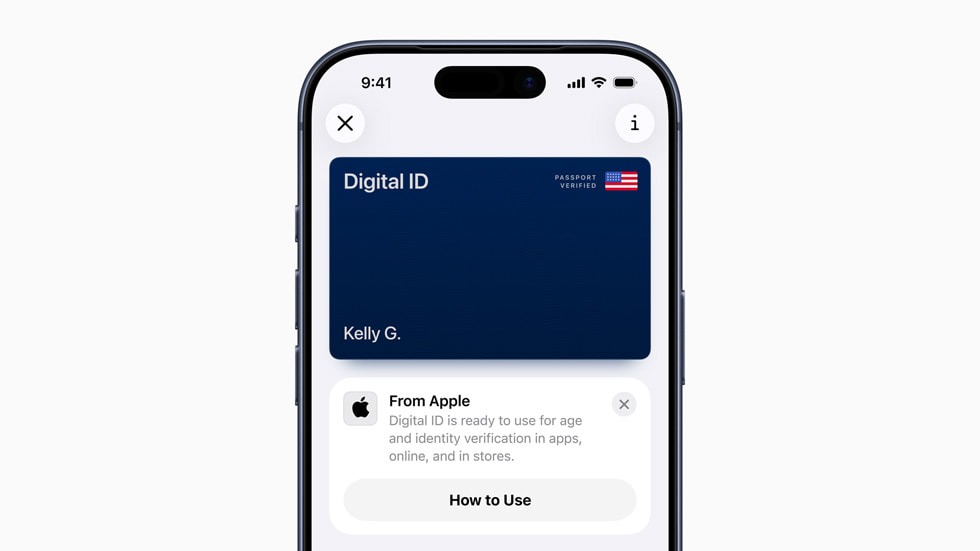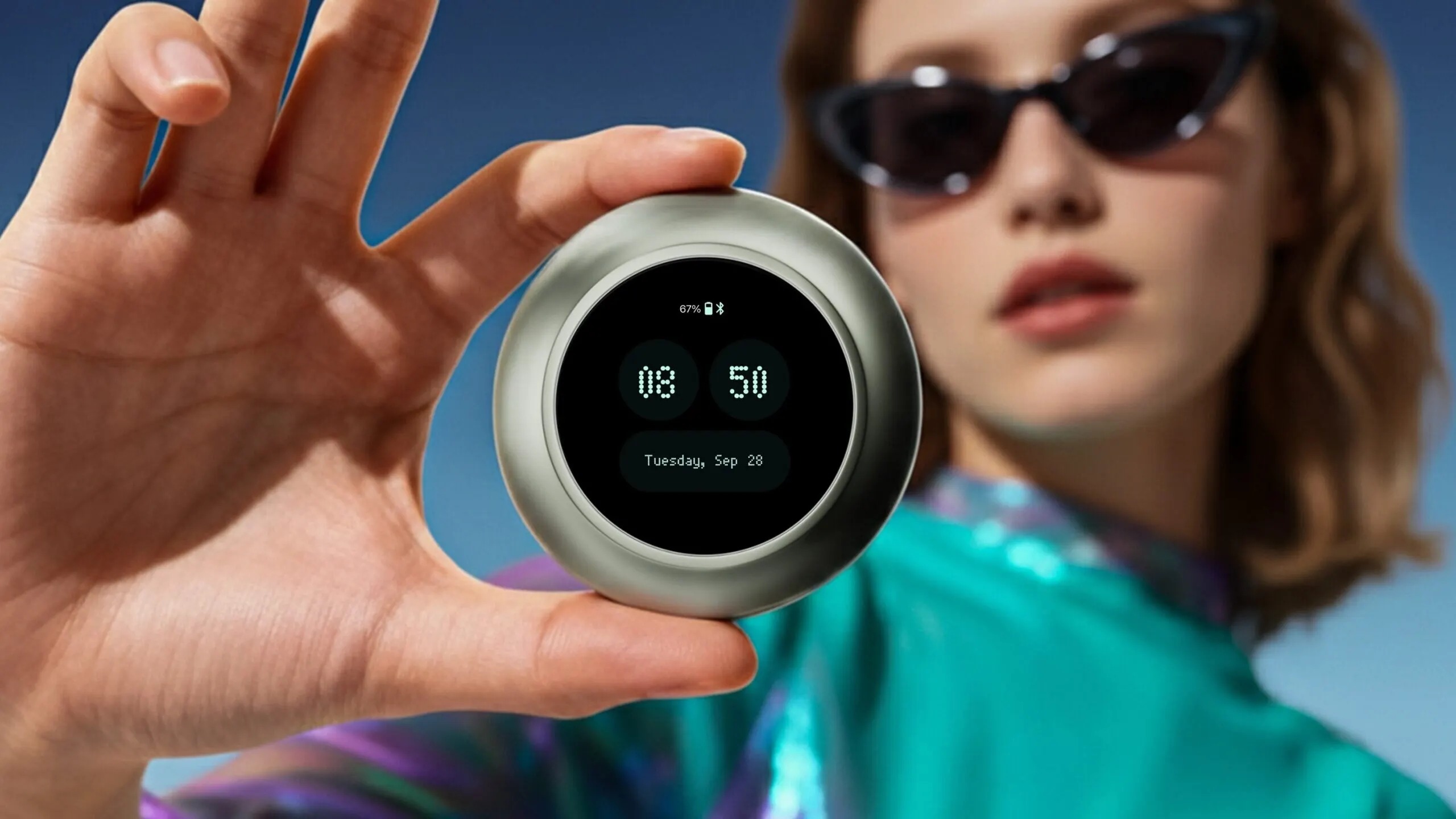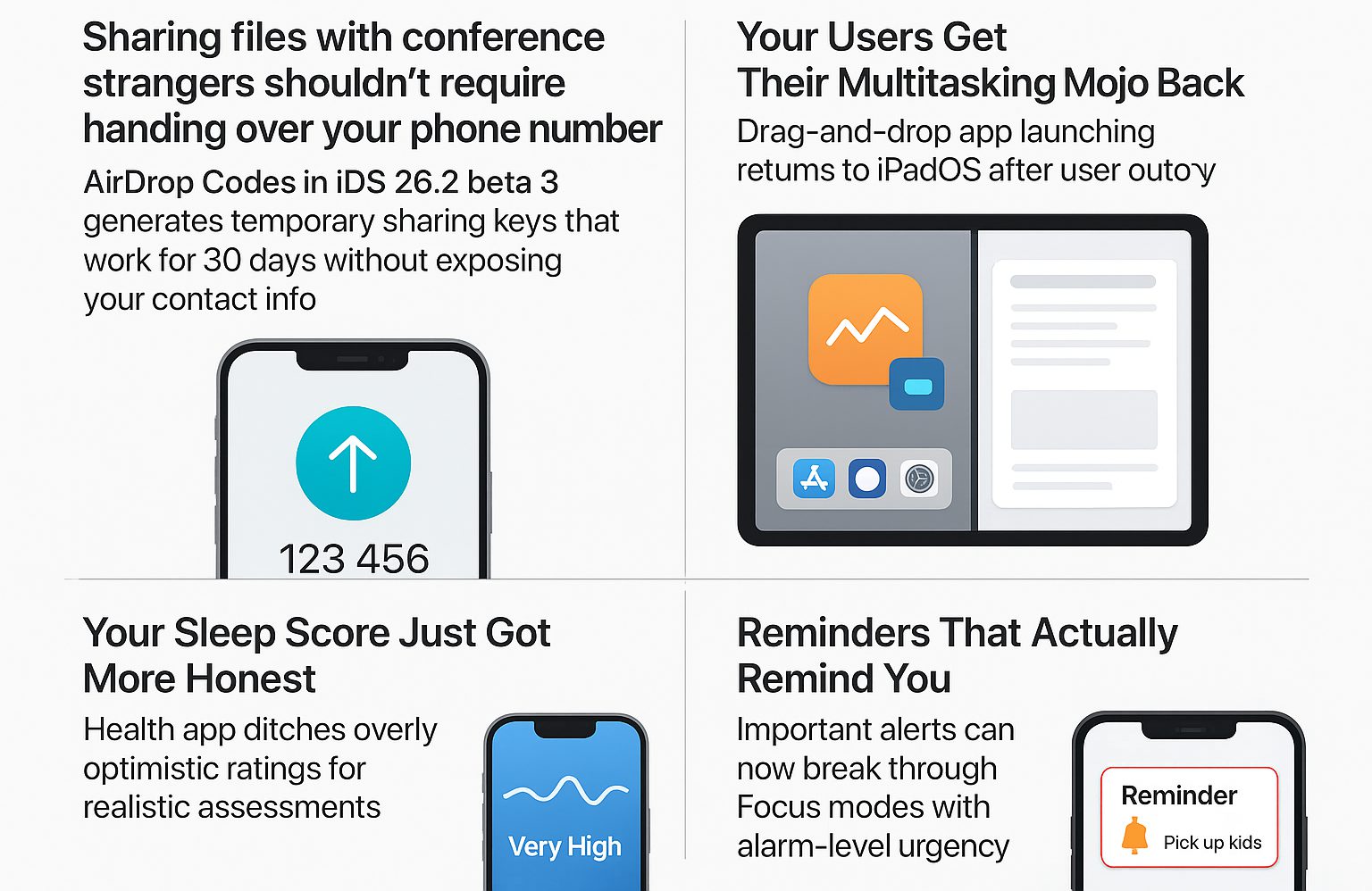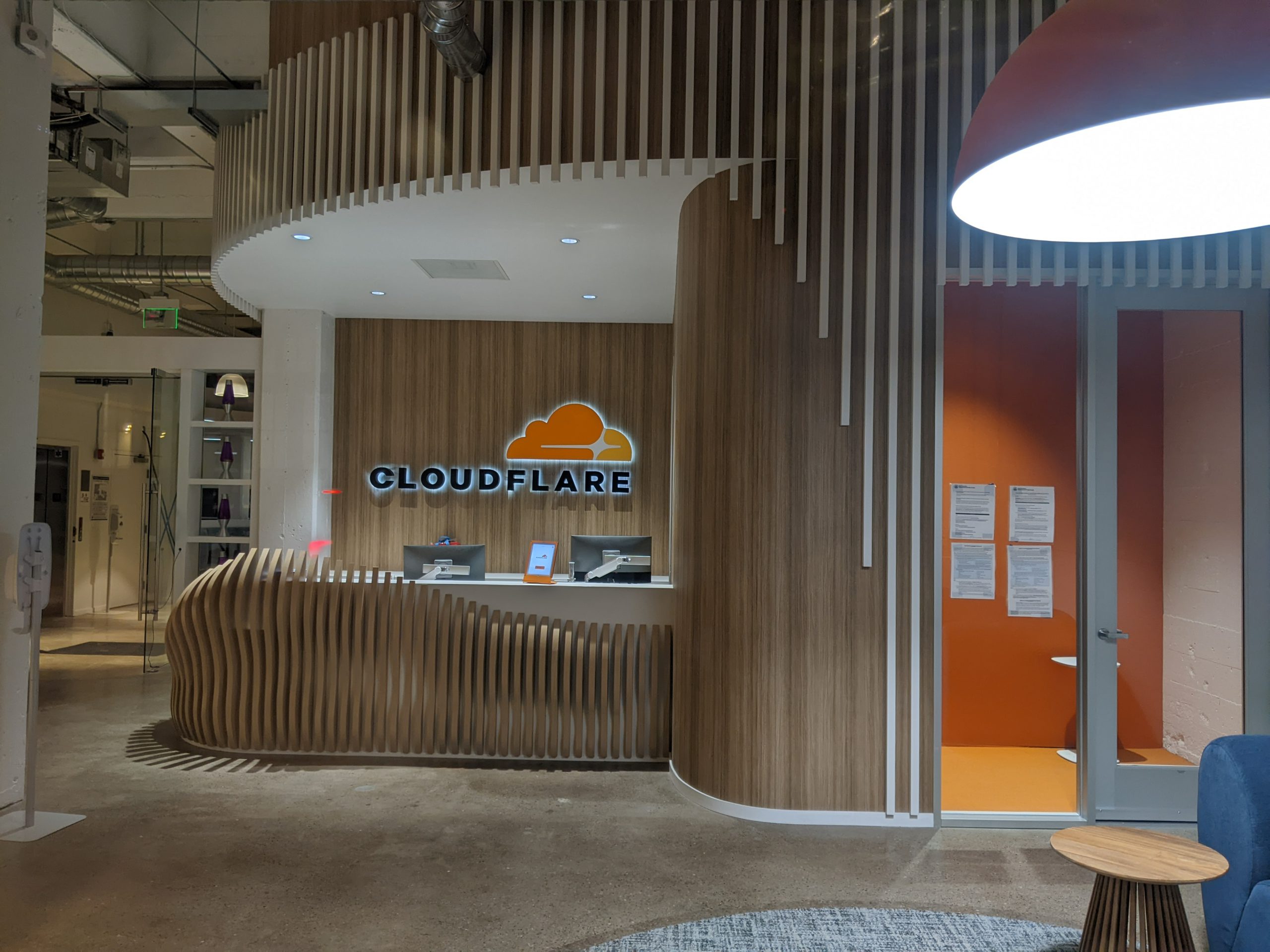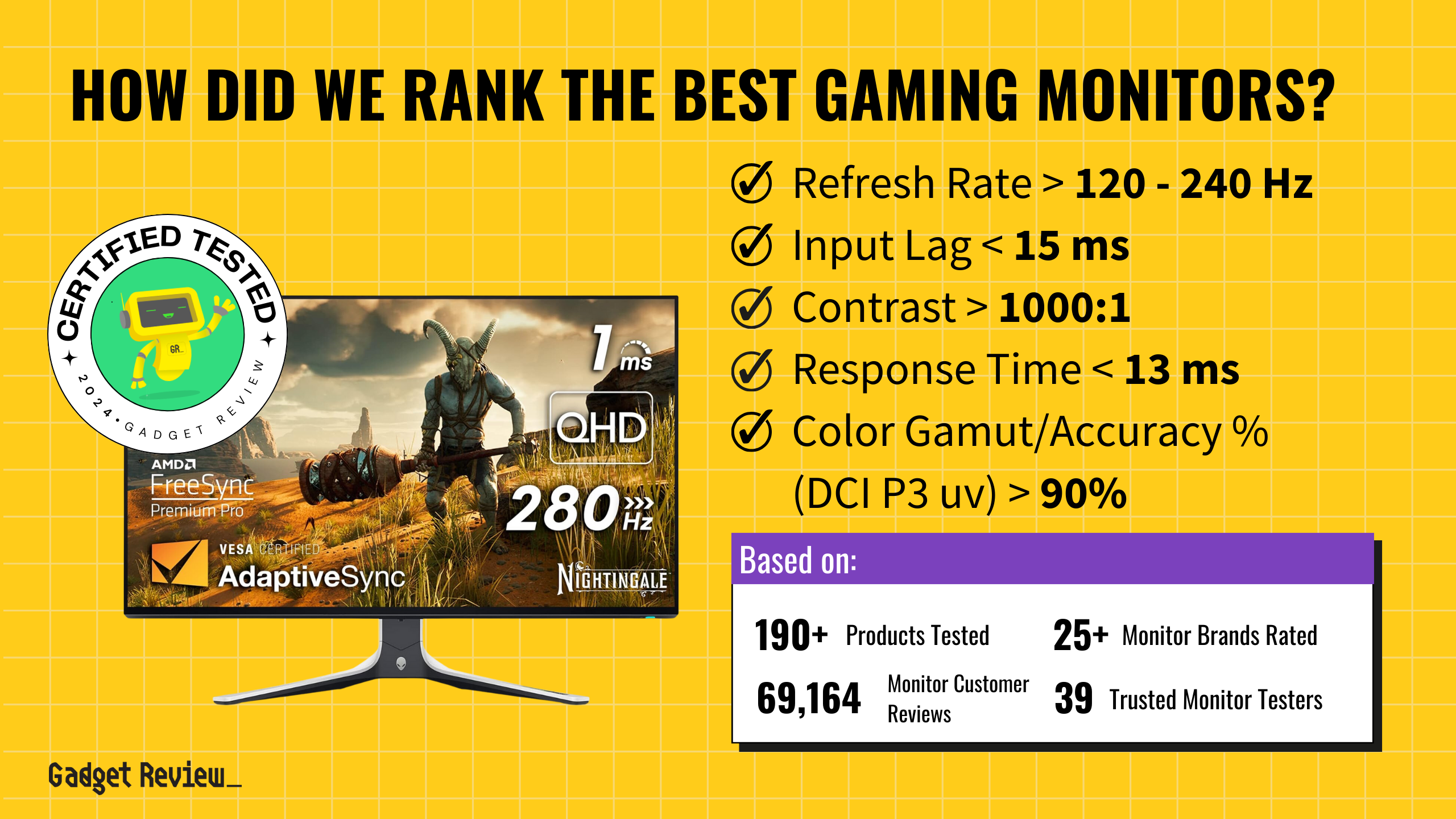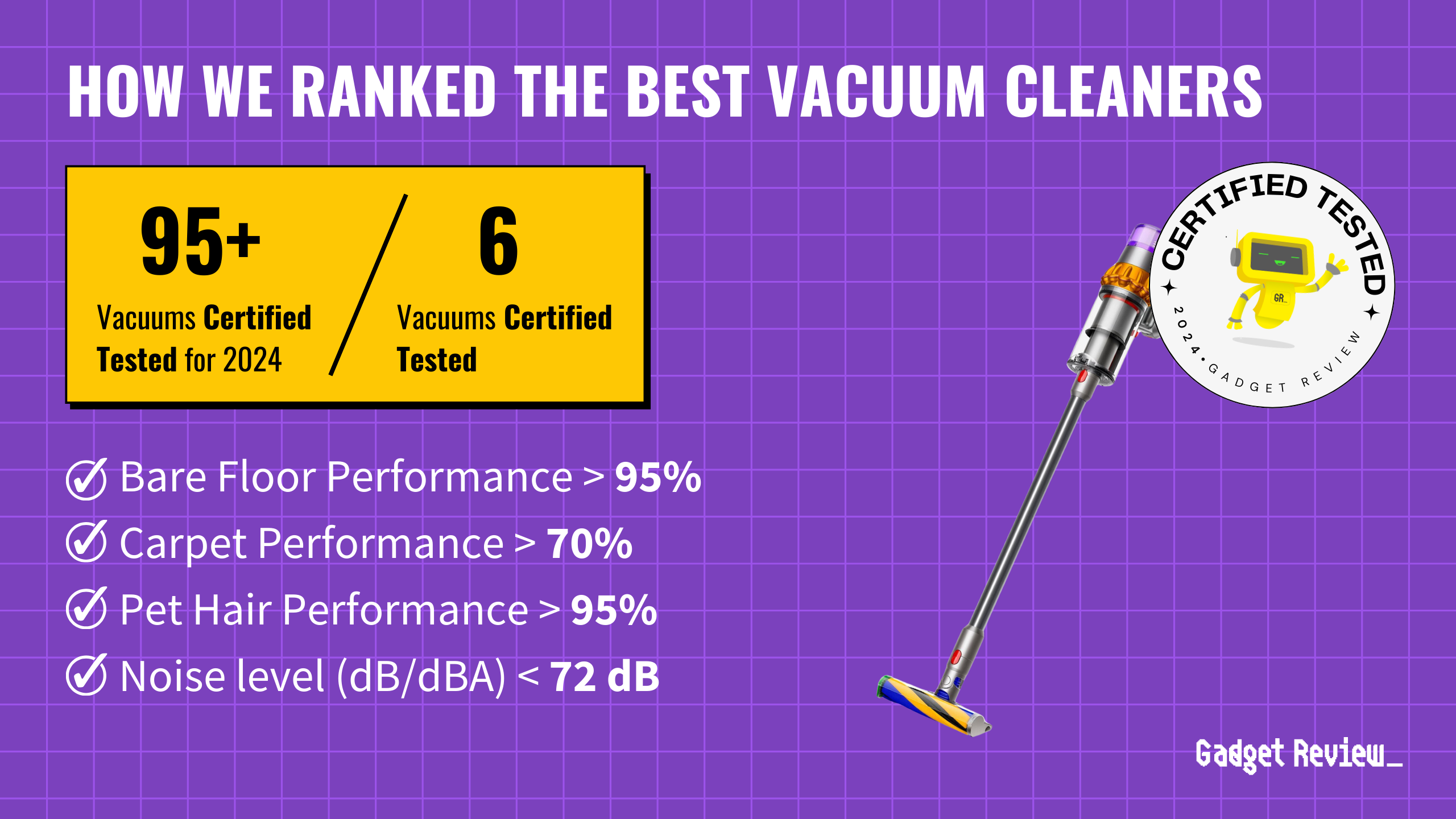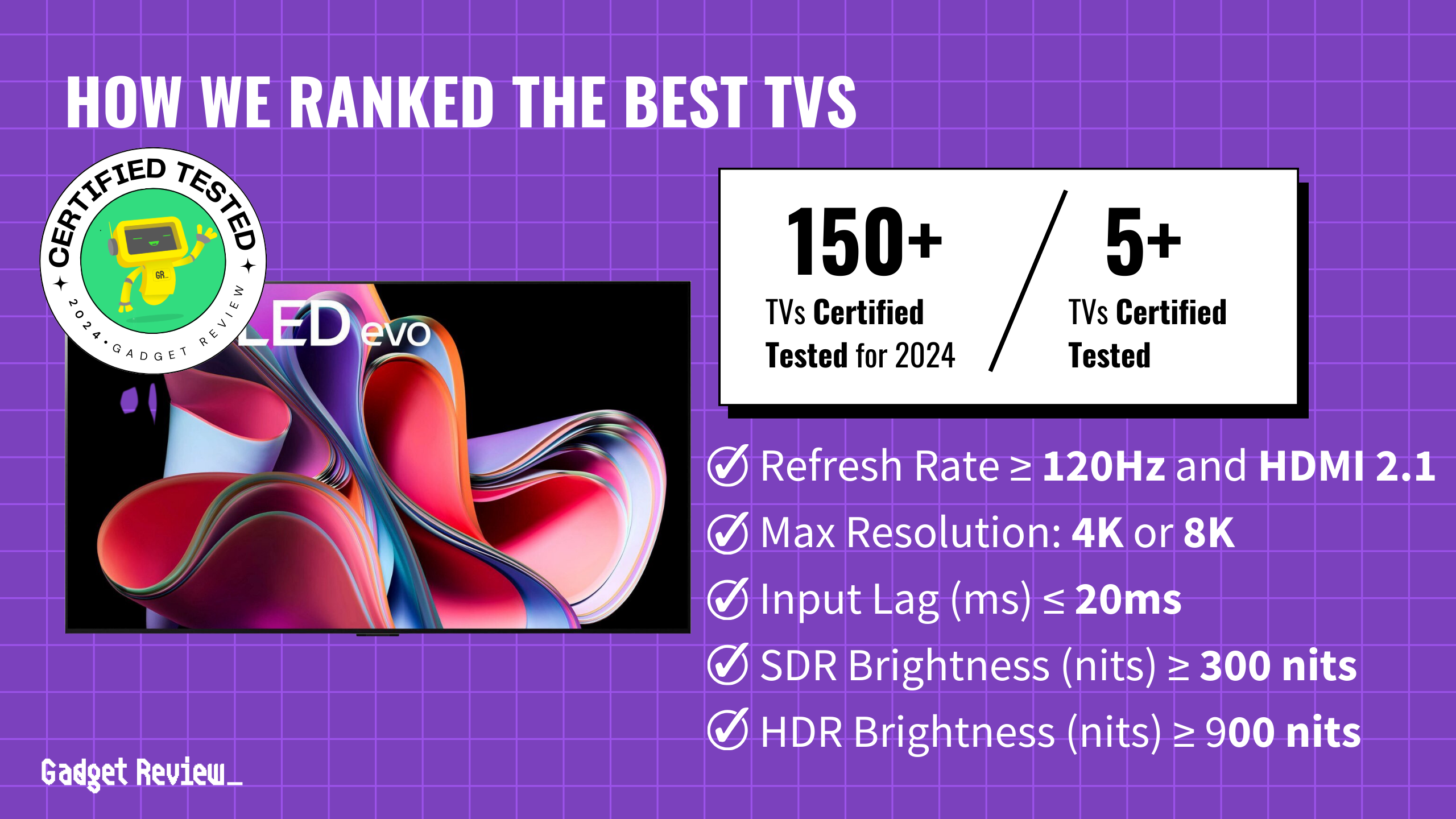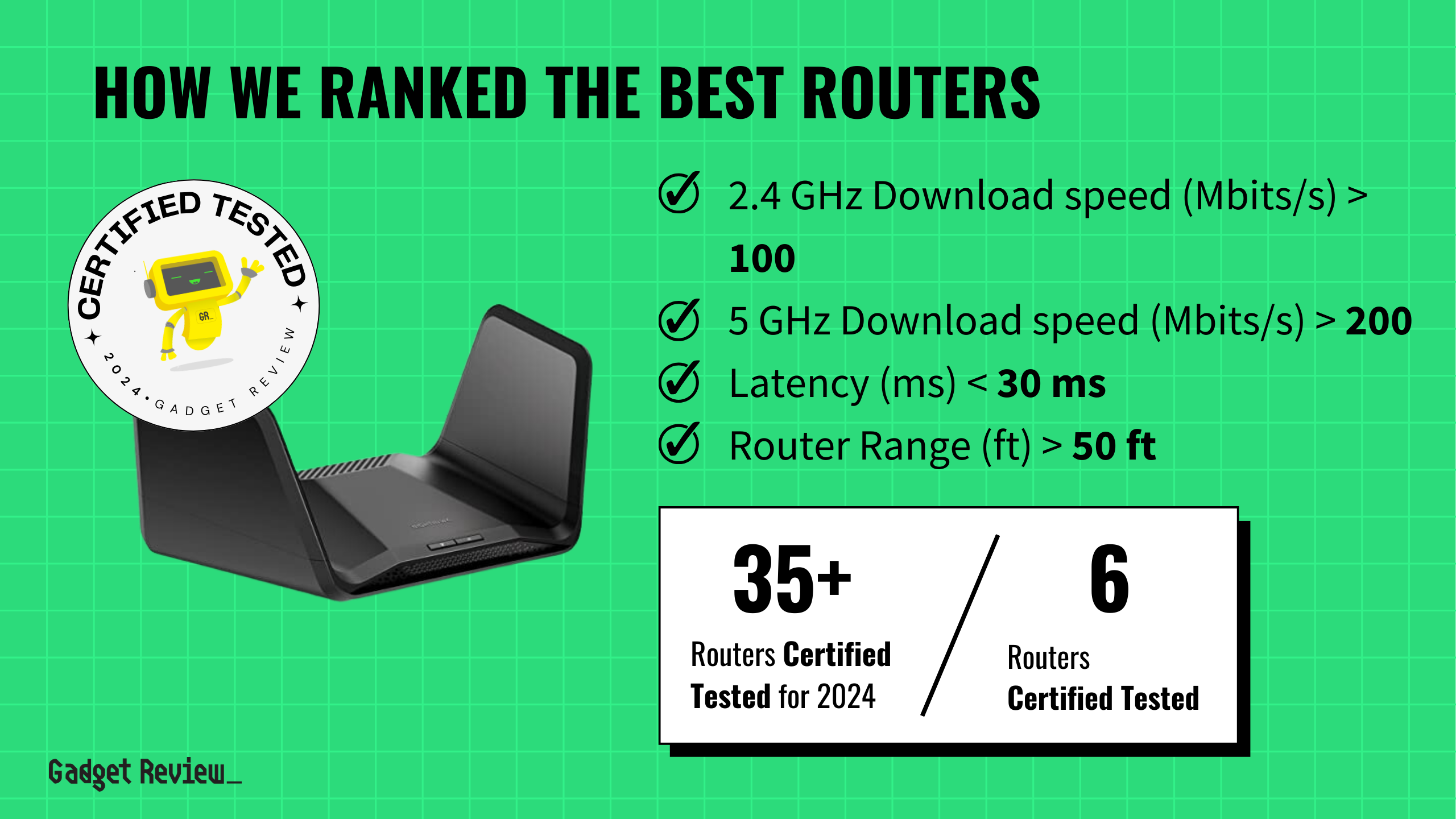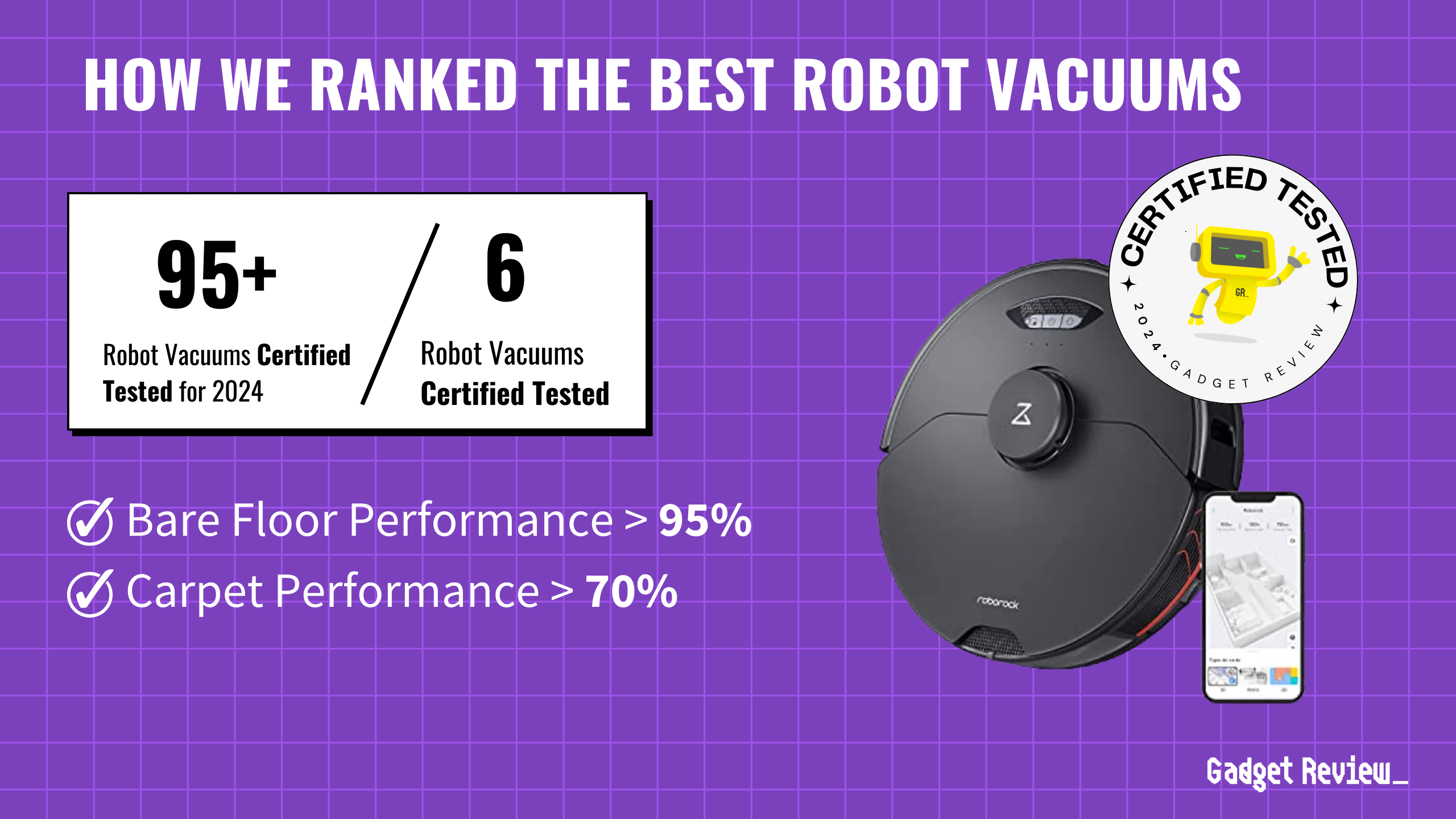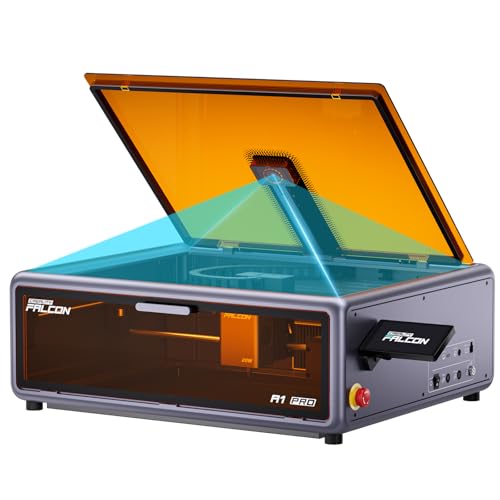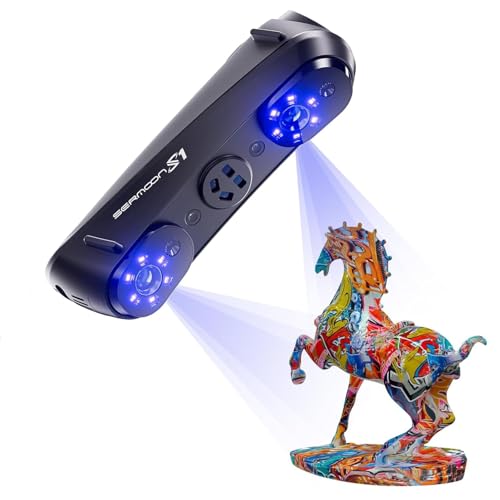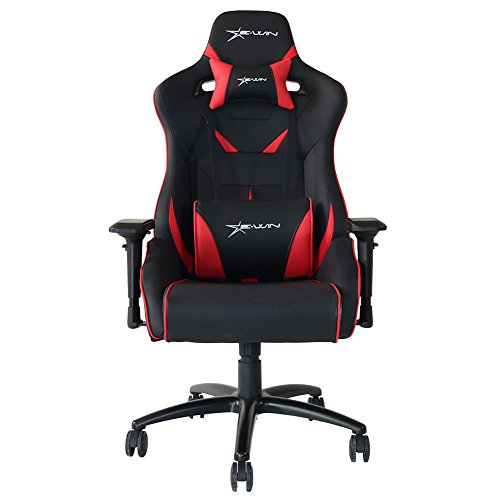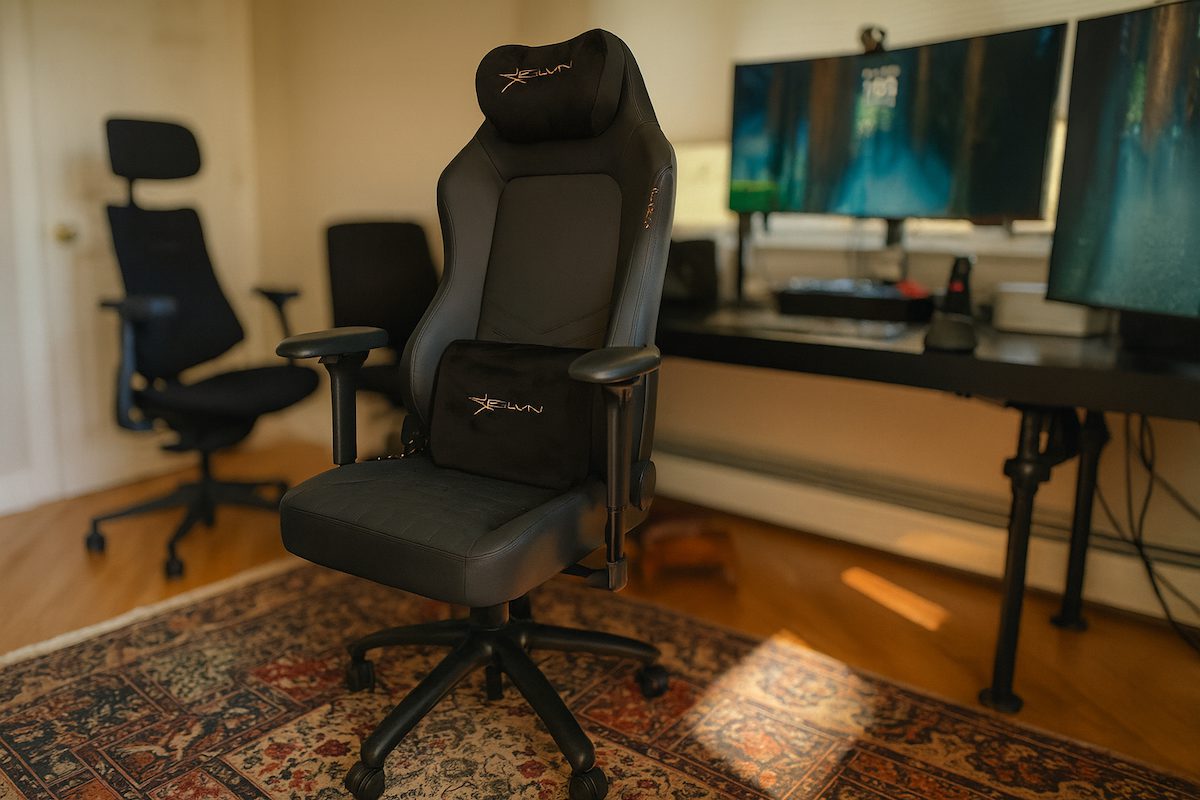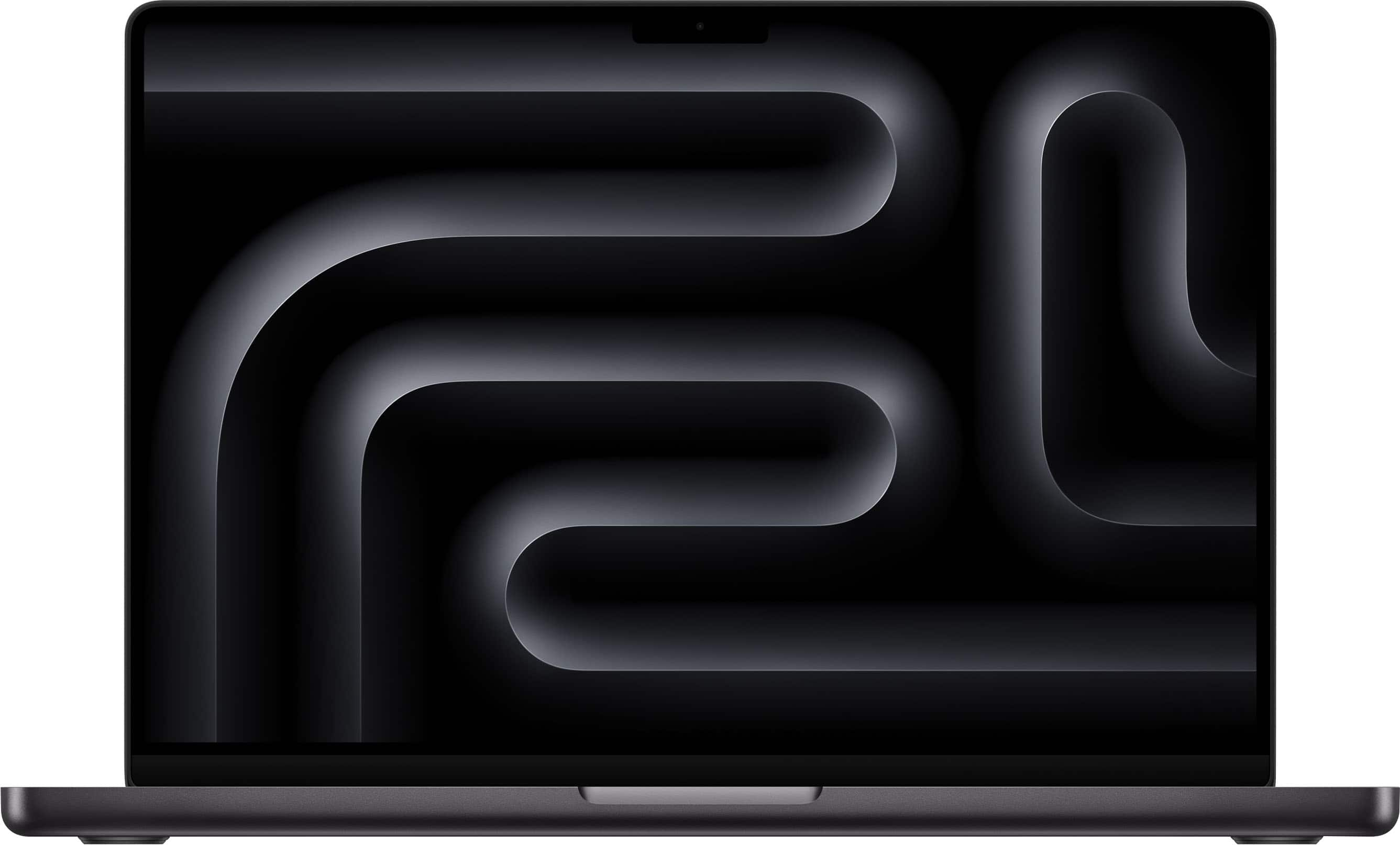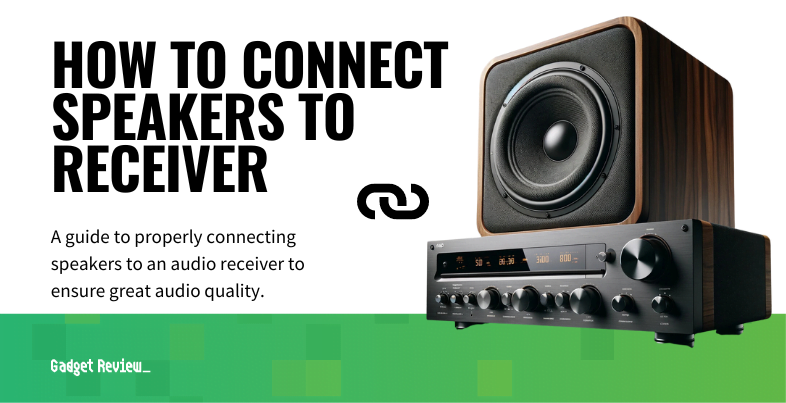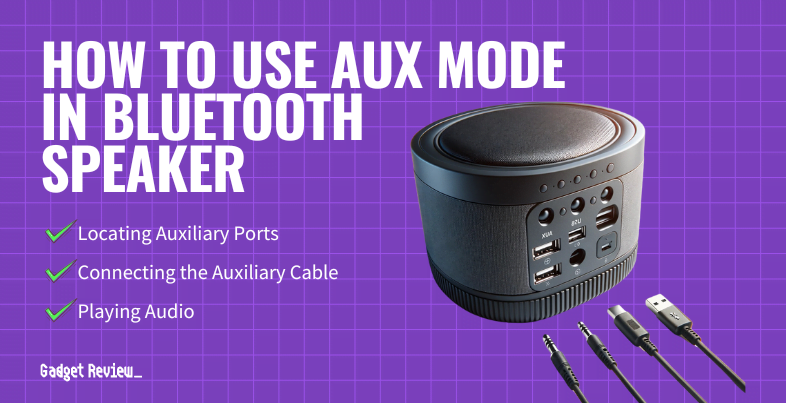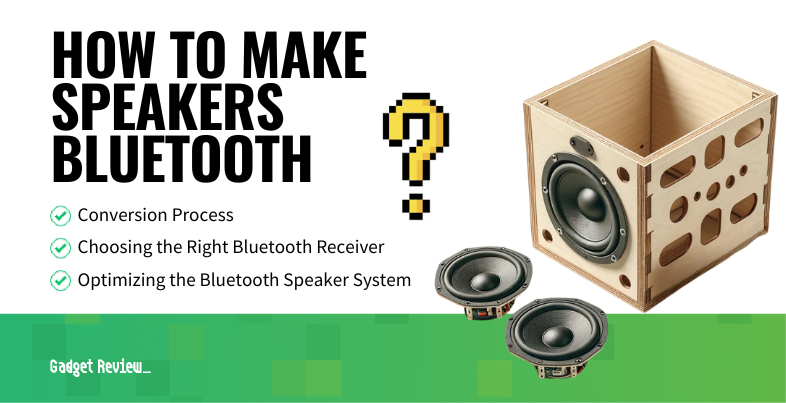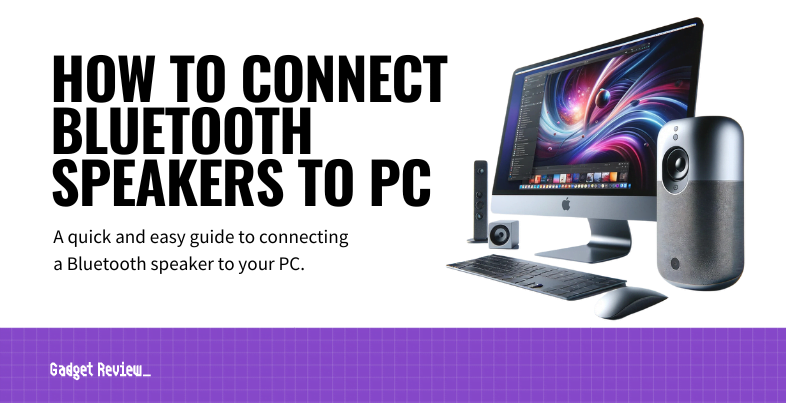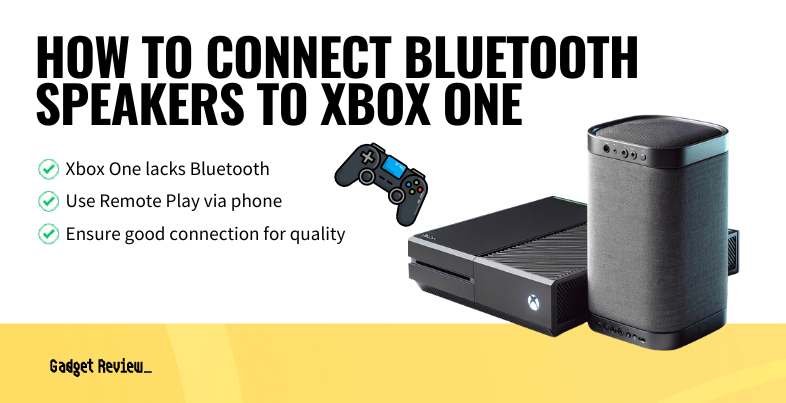Gaming’s biggest shake-up in years just leaked through industry insiders. Sony and Microsoft are both targeting 2027 for their next consoles. Each system will run on AMD’s new UDNA graphics tech. This leap promises to fix everything that bugs you about current ray tracing performance. Your PS5’s choppy reflections and Xbox’s stuttering shadows could become ancient history. Think twice, the ray tracing speed plus major AI upgrades don’t exist yet.
Performance Gains You’ll Notice
Ray tracing will finally work the way it should. AMD built UDNA to crush the two biggest console weaknesses: slow ray tracing and weak AI features. Current games struggle to maintain 60fps with ray tracing enabled. Next-gen systems promise to double that performance while adding smart upscaling features.
Sony’s PlayStation 6 chip design is already complete. Engineers finished the core architecture and moved into the final testing phases. Tape-out happens in late 2025, putting the console on track for 2027. No delays, no surprises.
Microsoft Wants to Launch First
Competition drives the timeline more than technology. Microsoft desperately wants to beat Sony this round after losing the current generation. Sources suggest a 2026 Xbox launch window, supported by confirmed titles like Gears of War E-Day.
Launching early worked for Xbox 360, but backfired spectacularly with Xbox One. Execution matters more than arrival dates. Both systems will share similar AMD hardware with minor tweaks for backward compatibility.
Handheld Wars Heat Up
Nintendo’s portable dominance faces serious threats. Microsoft and Sony are developing gaming handhelds, though exact specs remain secret. These won’t be cheap tablet knockoffs with attached controllers. Both companies want legitimate portable powerhouses that run real console games.
Steam Deck proved the market exists for premium handheld gaming. Sony already tested portable waters with PlayStation Portal streaming. Full portable consoles represent the logical next step for both companies.


